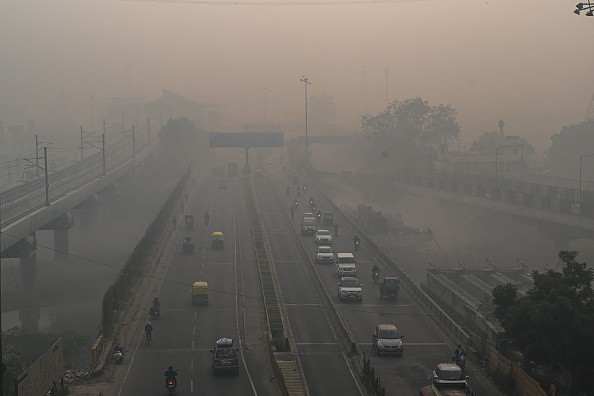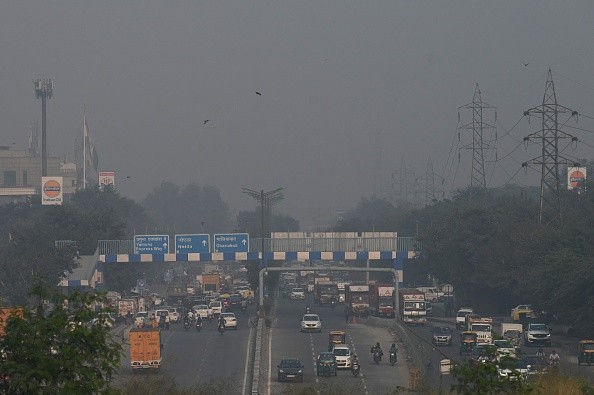Increased air pollution has been linked to an increase in lung adenocarcinoma (LADC) globally and a team of scientists headed by Nanyang Technological University, Singapore, is responsible for linking the both.
The same research came to the conclusion that less smoking worldwide reduces lung squamous cell carcinoma (LSCC) cases.

Effects of Rise in Air Pollution
Lung adenocarcinoma is associated with genetic, environmental, and lifestyle factors, whereas lung squamous cell carcinoma is linked to a history of smoking, according to Phys.org.
The research found that a 0.1 g/m3 rise in black carbon, often known as soot, in the Earth's atmosphere is connected with a 12% increase in LADC incidence worldwide. Black carbon is a pollutant regarded as under PM2.5 that grew by 3.6 g/m3 yearly from 1990 to 2012.
Globally, a 1% reduction in smoking prevalence was related with a 9% reduction in LSCC incidence. From 1990 to 2012, the number of smokers fell by approximately 6% globally.
NTU's Senior Vice President for Health and Life Sciences and the Dean of the Lee Kong Chian School of Medicine, Professor Joseph Sung who were leaders of the study said, "In our study, we were able to determine that the global increase of lung adenocarcinoma is likely associated with air pollution.
It had always been unclear, in the past decades, why we are seeing more females and more non-smokers developing lung cancer worldwide. Our study points to the importance of environmental factors in the causation of specific types of lung cancer."
The study's lead author, Associate Professor Steve Yim of NTU's Asian School of the Environment, said, the research revealed the reasons for the rise in lung adenocarcinoma despite the decline in smoking rates. The results highlight the need of reducing air pollutants, mostly black carbon.
An independent global health research institute at the University of Washington compiled age-standardized smoking prevalence data from 1980 to 2012. National Aeronautics and Space Administration(NASA) provided the pollution data.
The pollutants studied were sulfate, PM2.5, and black carbon. The outcome of the study findings were published in November in Atmospheric Environment, a peer reviewed publication.
Links Between Lung Cancers and Black Carbon
Lung cancer and black carbon connection vary by gender, continent, and age group. The relationship was greater in females than men, for example. LADC increased by 14% in women and only 9% in males with an increase in black carbon of 0.1 g/m3 annually. Females increased by 14% while men increased by 8%.
Researchers observed regional differences in the connection between air pollution and LADC. In comparison, in Europe, a rise of 10% in LADC cases was associated with 0.1g/m3 of black carbon, whereas in North America it was 10%.
Though tobacco use is declining globally, females in Asia, North America, and Oceania have an increased risk of LSCC with every 1% rise in female smokers.

Rising Cases of LADC
A tremendous population rise from 1980 to 2012 resulted in a 7% increase in the number of female smokers, despite a reduced total proportion of smokers.
In Asia, where black carbon and sulfate emissions are growing, LADC is becoming more common. Male LADC increased by 24% annually across Asia, while females in Asia had a 25% rise. These findings suggest that black carbon (11.9 g/m3/year) and sulfate (35.4 g/m3/year) have the greatest global rise.
To counteract cancer's rise, the team aims to study the role of black carbon and sulfate in its growth. The team also plans to look at other contaminants connected to lung cancer as well.
Related Article : London Artist Dedicates Artwork to Young Girl that Died to Air Pollution-Related Complications
For more news, updates about air pollution and similar topics don't fogrt to follow Nature World News!
© 2025 NatureWorldNews.com All rights reserved. Do not reproduce without permission.





